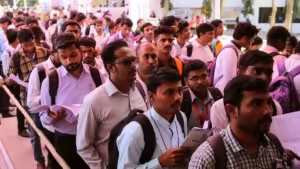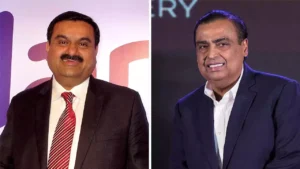Bloodshed in Bangladesh Protests: How Protests Turned Deadly
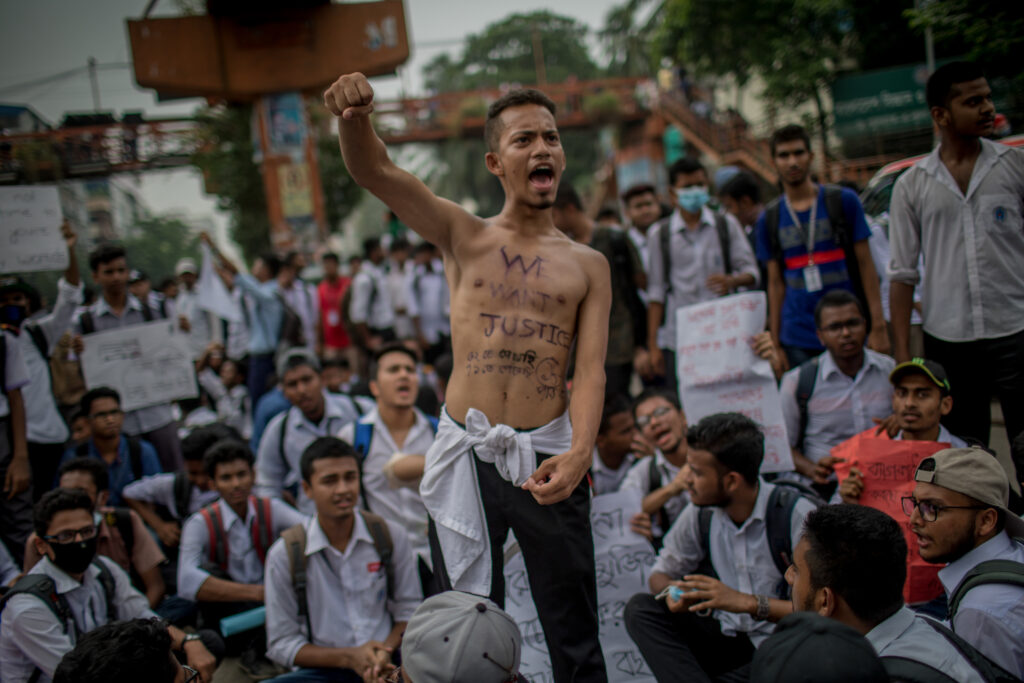
Students gathered at Elephant Road Circle, demanding better road safety and justice for traffic deaths, in Dhaka, Bangladesh, on August 4.
Protesters have been involved with the police forces in bloody confrontation around the country of Bangladesh and, at least, 150 people have been killed. One student said the demonstrators in Dhaka planned for a peaceful protest, but the police «spoiled» things by sometimes assaulting the protesters during the meeting. Even a student leader now a patient in the hospital narrated how he was blindfolded and tortured by people who identified themselves as police. One of the informants, an emergency room doctor, stated that their department had many young patients with gunshot injuries during the period of the confrontation.
Security forces’ usage of reportedly excessive force to address the unrest has attracted much criticism; the government has accused political foes of instigating it, following move to implement job quotas most of which have respectively been nullified by the Supreme Court. Internet connection has remained down since Thursday cutting information flow and the country is under curfew enforced by thousands of soldiers. Some connection was established on Tuesday night with the priorities being given to some banks, technology companies, and media houses. Besides the WhatsApp messages going around, the internet connection is slow as mobile internet, and such sites as Facebook is still deactivated. This violence presents a problem for Prime Minister Sheikh Hasina Wajed who started a fourth consecutive term in January after extensively criticized polls in which the main opposition parties did not stand.
WARNING: This piece in some ways contains violence related descriptions which might not be comfortable for some readers.
Raya, a student of BRAC University who preferred to use a pseudonym said joined the protest movement beginning Wednesday July 17 only for the situation to become worse the following day. Told us how the police resorted to use tear gas on students after 11:30 am and recalled how some students retaliated by throwing the canisters back at the police. That is why the police first fired tear gas and rubber bullets and then blocked the students from leaving the university’s territory and seek medical assistance to the injured ones. They dispersed them in the morning, by the afternoon, the police ordered them to leave. This is what Raya seconded saying, “We only planned to have a peaceful protest rally; the police however spoilt the whole mood before we could begin.”
On July 19 the situation escalated and most of the tragedy took place, many people died. Around 10 am, hundreds of protesters attacked the police at Natun Bazaar near Rampura, which is usually safe given the presence of, among others, embassies and now looks like a war scene. People threw stones and bricks at policemen in armored vehicles, and the latter used shotguns, tear gas and sound bombs, as well as the Young committed arson and metro passengers had to run through the station wearing gas masks. Specifically, People saw fires, burnt and destroyed cars, disassembled barriers, and debris on the streets. Police were observed crying for backup and some had very little bullets left in their guns. This was since, hospitals within the city were flooded with many people who had sustained injuries and were on boring, some even on stretchers and most of them severely injured considering the stains of blood that were all over their clothes. Chief complaints Change:

The emergency departments were congested since hundreds of patients went within a short span. Another doctor, who preferred not to be named, said they admitted patients with critical injuries to DMCI as they couldn’t control them locally. Majority of the victims had been shot with rubber bullet. The other doctor also spoke in confidence, I get the impression that every one minute a new injured person would show up. Royal Incomplete hospital receiving most of the patients on Thursday and Friday with gunshot injuries according to the doctor. It only got worse and on Friday evening the government had to impose a countrywide curfew and called on the army. “On Thursday, people performed 30 surgeries in a single six-hour shift.” This was unnerving even for experienced doctors Some of us and I include some of my colleagues were nervous treating so many young people who were injured.”

Subsequently, on Friday, a discharge of violence was observed, and the main student leader Nahid Islam disappeared. His father complained that Nahid was detained from a friend’s house at mid-night on Friday and released over 24 hours plus. Nahid’s revolving story involves being taken to a house, interrogated, and physically and mentally tortured by people who called themselves detectives.
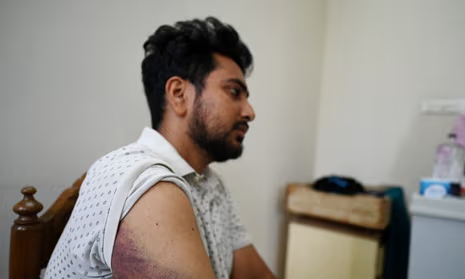
He fainted and woke on Sunday morning; he went home but then sought a hospital treatment for blood clots to his shoulders and left leg. However, Information Minister, Mohammad Ali Arafat assured that the incident would be launched, and the police blamed “sabotage” that sought to destabilize the force. It was, therefore, odd for the government agents to detain him for 12 hours only to release him and record such a complaint.
In addition, concerning people who died, some of them seem to have no association with the protest movement. Maruf Hossain, 21 years was a job seeker in Dhaka; he was also shot in his back as he tried to flee the attack and later died in the hospital. His mother had told him not to go out during the protest. Construction worker Selim Mandal was caught in a fire in the small hours of Sunday morning after clashes occurred near his construction and residency area. His body that was burnt beyond recognition was recovered with two others. The cause of the fire still is not known to this date. One of the deceased was Hasib Iqbal, a 27-year-old man said to have been part of the protest but was not very active. His family did not know how he died. It was rather shocking for his father to hear about the death of his son who went to Friday prayers alone. Mr. Razzaq learned that his son died of suffocation, although there were burn marks on the chest when the funeral was held. Mr. Razzaq is not ready to register a police force report but disappears saying “My son will never come back.” “My only son,” he continued to say, “I never imagined it possible to lose him like this.”
Why is the Bangladeshi government facing so much anger?
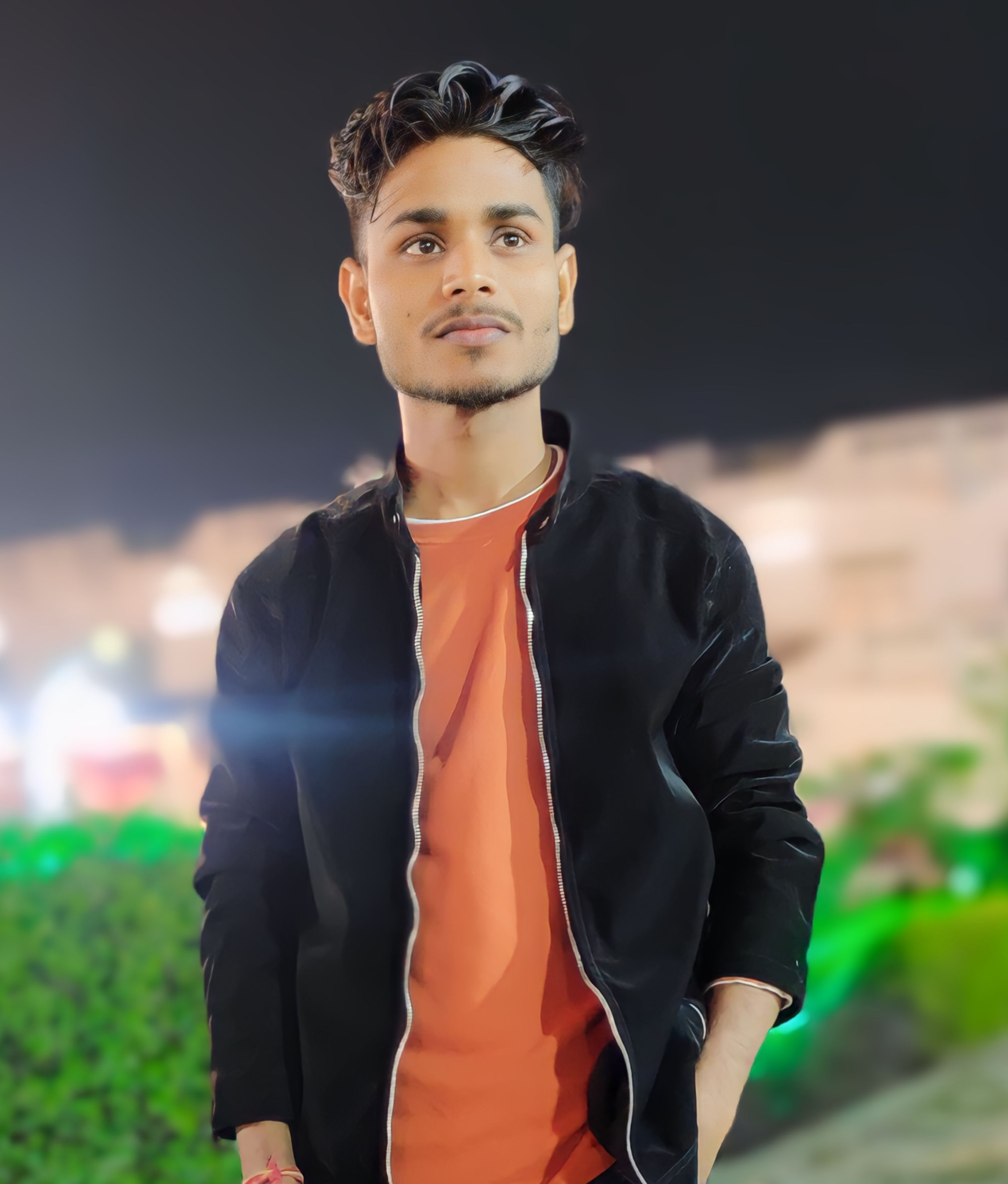
I am Praveen Kumar, a 21-year-old passionate about writing and staying informed. On CNA Times, I bring the latest news and updates, offering readers accurate and insightful information with my expertise and dedication.


